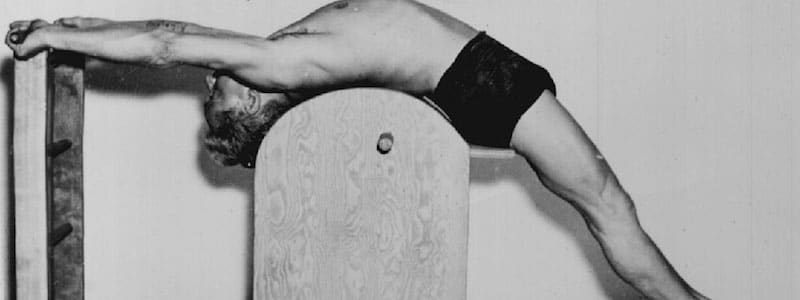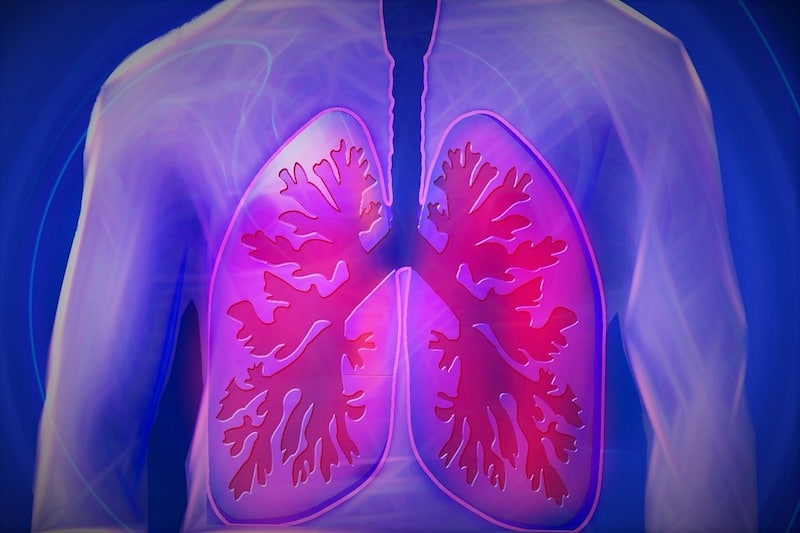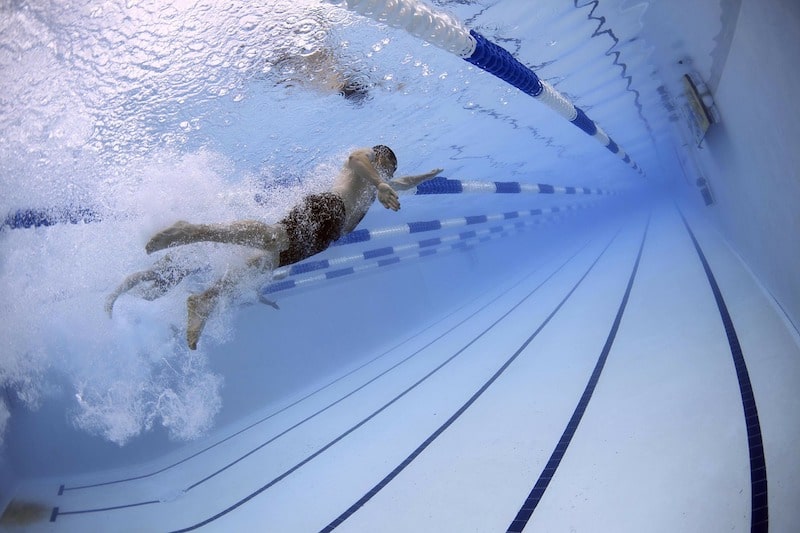How to Breathe the Pilates Way

Cool Under the Periodontist’s Scalpel

About a decade ago, I had reconstructive jaw surgery to correct an underbite. Some months prior to the surgery, I had to see a periodontist for gum grafting.
If you’ve never had gum grafting done, it’s a seriously uncomfortable procedure. My mouth was, of course, frozen, but I could still feel the pressure of the scalpel cutting into the roof of my mouth. Physical discomfort aside, there was also the mental aspect of being conscious of the scalpel working away on me!
After the third and final session of the grafting, the periodontist heartily told me that I was his best patient. Probably seeing the puzzled look on my face, he went on to tell me that I really knew how to relax. The implication was that many of his other patients didn’t.
What was the secret weapon that, despite everything going on around and to me, allowed me to relax and obtain the unexpected honour of the periodontist’s best patient? Conscious, sustained deep breathing. That’s it.
Joseph Pilates on Breathing

“Breathing is the first act of life, and the last. Our very life depends on it… Therefore, above all, learn to breathe correctly.” — Joseph Pilates
In the absence of breath, we’d die within minutes. Therefore the importance of breathing can’t be stressed enough. Yet when it comes to conversations about health, breathing isn’t spoken of anywhere close to the degree with which we discuss the holy trinity of diet, exercise and sleep. Can’t the quality of our breathing be improved upon just as much as the quality of our diet, exercise and sleep?
Joseph Pilates taught that there is a right way to breathe. In fact, Proper Breathing is one of the six Guiding Principles of Pilates. As Amy Taylor Alpers and Rachel Taylor Segel note in Everything Pilates, his method was designed specifically with the goal of “improving the way the human body is nourished through breathing” (22).
Pilates believed breathing properly involves every part of your lungs — that is, filling them completely with air in an inhale, and expelling every “atom” of that air as you exhale.
We’ll come back to Proper Breathing in a moment! First, let’s delve into the anatomy of breathing.
The Anatomy of Breathing, In Brief

“On the one hand [breathing is] mostly unconscious and automatic. It influences our actions and our emotions and at the same time is influenced by them. On the other hand, it is an action that one can influence in a conscious, voluntary manner, by changing it in various ways, with consequences on many different levels.”
— Blandine Calais-Germain
In the practice of Pilates, we are concerned with movement of the body. Breathing is a movement of the body, which is largely hidden. Its purpose is oxygenation of the blood.
There are two principal types of breathing: costal (rib cage) breathing and diaphragmatic (abdominal area) breathing. They involve two completely different ways of moving the lungs and fit different objectives. Note: the location where the airflow occurs is always in the lungs, which are themselves located in the thorax. Where the movement of your breath is felt, however, depends on how you choose to influence it.
One major way you can influence your breathing is with air volume. When you are resting, or performing a relaxed activity such as reading, you exchange only about a half litre of air per breath. This is known as tidal volume (TV) and occurs most frequently during breathing that is unconscious. You can consciously boost the amount of air you inhale, up to an additional 2 to 3.5 litres beyond tidal volume (depending on the person). This is called inspiratory reserve volume (IRV). You can also consciously exhale more air than occurs during tidal volume breathing, up to an additional 1 to 1.2 litres. This is known as expiratory reserve volume (ERV).
Pilates breathing is very much concerned with IRV and ERV.
Doing it Up Proper: Principles & Benefits of Pilates Breathing

When you inhale in a Pilates class, you are looking to maximally expand your lungs and rib cage in all directions. Then upon the exhale, you are looking to maximally contract your lungs and rib cage. When breathing in this manner, you are dipping into your IRV and ERV. This has a couple of key benefits.
Firstly, your lungs, like everything else in your body, are designed to be used. In other words, they need to be exercised and challenged in order to stay in optimal condition. If you’re engaging exclusively in tidal volume breathing then the majority of the volume of your lungs is missing out. This is especially true for the elastic-like fibres that give the lungs their ability to expand and contract to such a large degree. This elasticity of the lungs is very important as it is the main force in the act of exhalation.
Secondly, many muscles are exercised through deep rib cage breathing. Upon a deep IRV inhale, a few dozen muscles of the rib cage can contract. For example, the serratus anterior, pectoralis major and levatores costarum muscles. Upon a deep ERV exhale, all the abdominal muscles get involved along with the pelvic floor muscles.
Finally, another key aspect of proper Pilates breathing is being conscious of where the air is going in as well as where it’s coming out. The focus is on inhaling through the nose and exhaling through the mouth. An advantage of inhaling through the nose is that the air comes into contact with mucus which warms and humidifies the air while filtering out dust particles and bacteria. The advantage of exhaling through the mouth is that the air does not meet as much resistance as through the nose. Due to the larger passageway, larger quantities of air can be exhaled more easily.
Different Approaches for Different Applications

Of course, there is no one right way to breathe. For every situation, the type of breathing required (or most optimal) will differ. The focus of this article is on breathing for Pilates, which involves a few different facets as described above.
However, if you needed a breathing technique to help you fall asleep, Pilates breathing probably wouldn’t be the technique you’d choose! The same goes for singing or swimming.
My top fitness goal for this year is to become a strong swimmer. I’ve been at the pool about twice a week, working toward this end, but the first few times I went were embarrassing! I was exhausted after just a couple 50-metre lengths. I knew this wasn’t because of my strength and stamina. Thanks to all the Pilates, running and cycling I’ve been doing for years, my strength and stamina are in a good place.
Improving my swimming began by improving my breathing technique. The first thing I had to do was get used to inhaling through my mouth, which hasn’t been something I’ve done much of. Then it became about timing and rhythm. I’ve found that beginning my underwater exhale through my mouth and finishing it through my nose somehow gives my stroke extra power and fluidity.
Once I was comfortable with doing that, I applied my experience of Pilates breathing to my technique. I began inhaling as much as I could and squeezing out as much as possible upon exhale. This has taken my swimming further, literally, as I’m now able to swim thirty 50 metre lengths (1.5 km) per session. With a solid breathing technique as my foundation, I know I can take it up to 2.5 km by the end of the year!
References
1. Pilates, J. (1945; reprinted 2010) Return to Life. Pilates Method Alliance: Miami, FL, USA.
2. Alpers, A.T. & Segal, R.T. (2002) The Everything Pilates Book. Adams Media Corporation: Avon, MA, USA.
3. Calais-Germain, B. (2006) Anatomy of Breathing. Eastland Press: Seattle, WA, USA.
